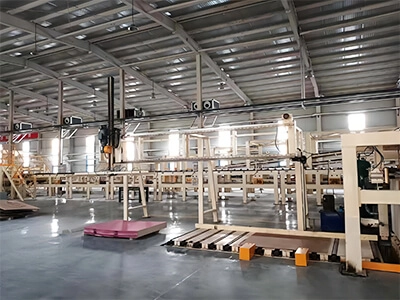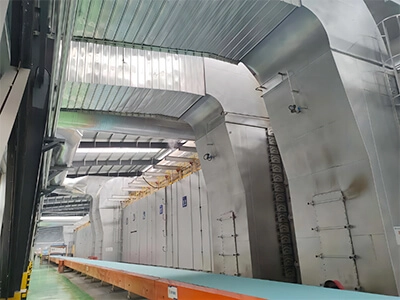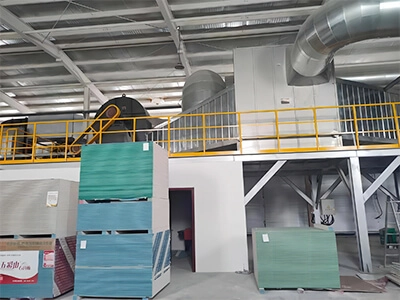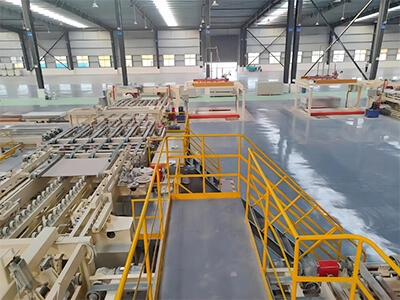
Gypsum Board Machine Factory

Paper Faced Gypsum Board Machinery

Produce Gypsum Board

Paper Faced Gypsum Board Production Line
The nail holes on gypsum boards are usually treated with rust resistant nail hole putty, but filling the nail holes with cement is actually a more cost-effective and labor-saving method. And the effect after treatment is not inferior to that of nail hole putty at all.
The gap between the two gypsum boards must be addressed in the next steps, otherwise obvious cracks will occur in the future. Generally, workers will use a mixture of 901 glue and gypsum powder to fill the joint.
Because the keel is made of wood, attention must be paid to fire prevention. The standard practice is to evenly apply fireproof coating on the surface of the keel, wait for the entire keel to turn white, and then nail it on the wall to ensure that the area in contact with the wall is also coated with fireproof coating.
After the fireproof treatment is completed on the surface of the keel, the assembly can begin. The workers will use a nail gun to fix the joint of the two keels at an angle of 45 degrees. At this point, it is necessary to control the strength to prevent cracking of the keel.
After nailing the keel frame, it is necessary to fix it to the wall. At this time, it is necessary to carefully check whether the spacing between each frame is not more than 300mm in order to have sufficient fastness (also consider the distance between on-site installation of lights, down lights, and spotlights, otherwise installation may have some minor troubles). Otherwise, the gypsum board on it is prone to sinking and fracture.
Next, the gypsum board will be officially installed. It is best for workers to use stainless steel drywall nails to fix the gypsum board, so that the nails will not rust and can ensure the long-term appearance of the gypsum board in the future.
After filling the gaps with gypsum powder, it is best to apply anti cracking tape to the surface to prevent top cracking caused by thermal expansion and contraction. When pasting, it is important to use a scraper to remove air bubbles while sticking, so that the tape and gypsum board are completely and tightly bonded.
For ceilings with special shapes, post processing is very important. Suspended ceilings such as circular and wavy shapes require experienced craftsmen to slowly repair them with small shovels, which is also the most important process of forming the entire suspended ceiling.